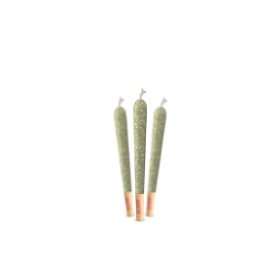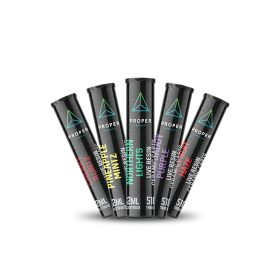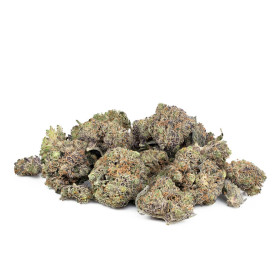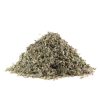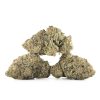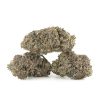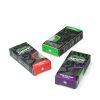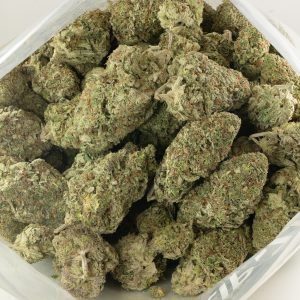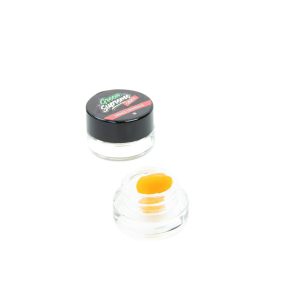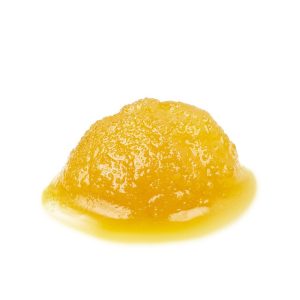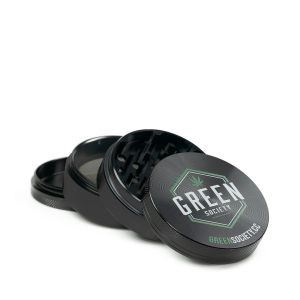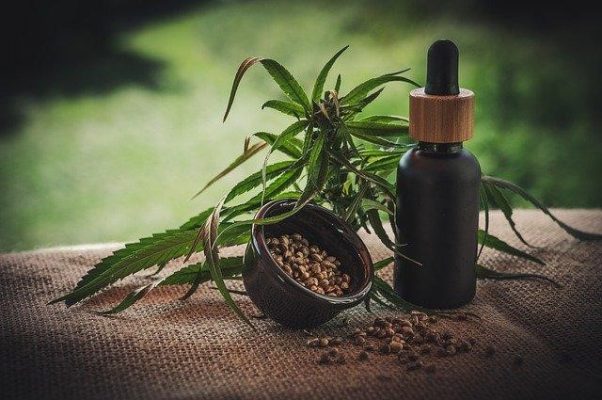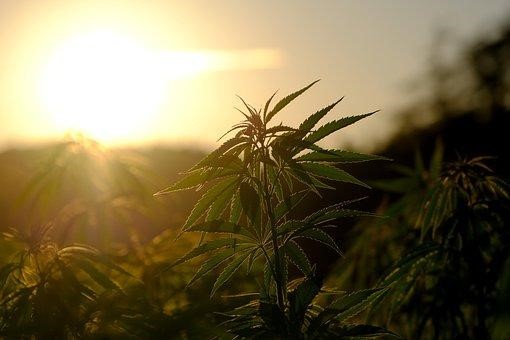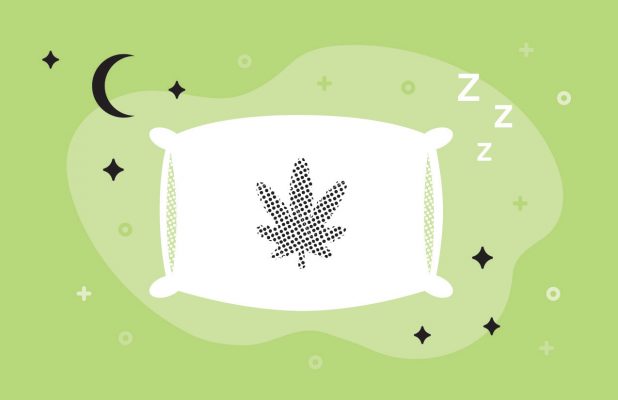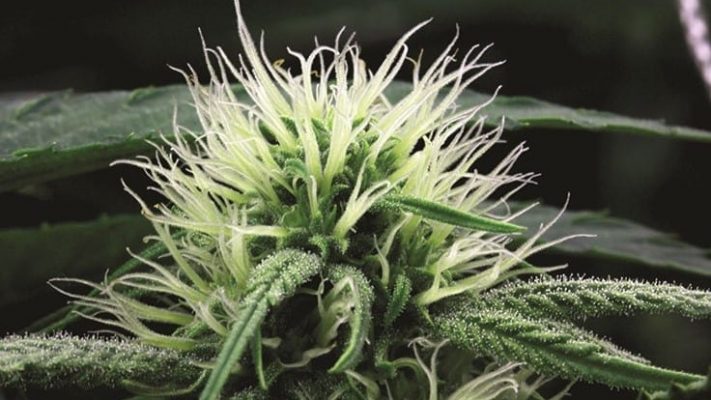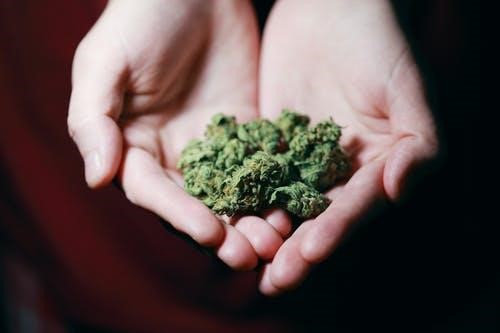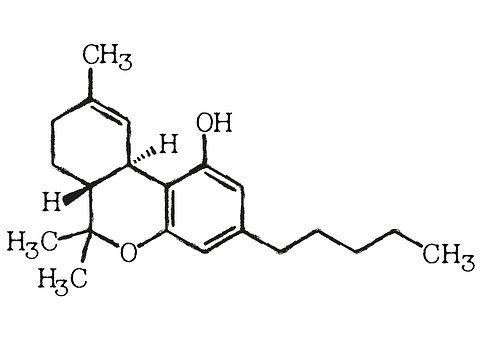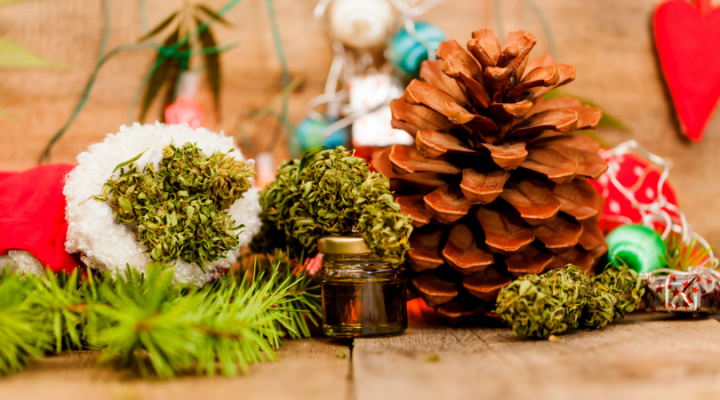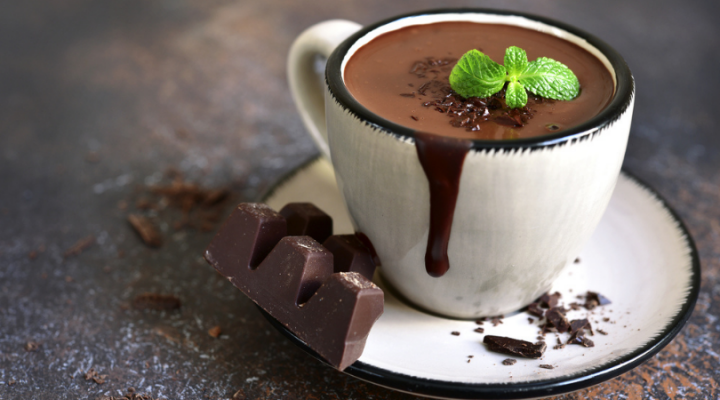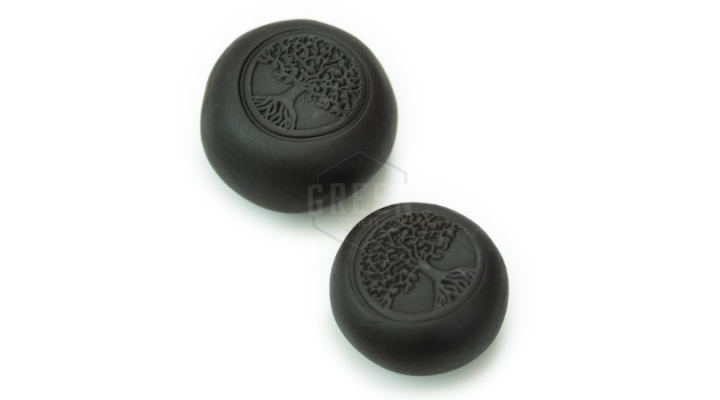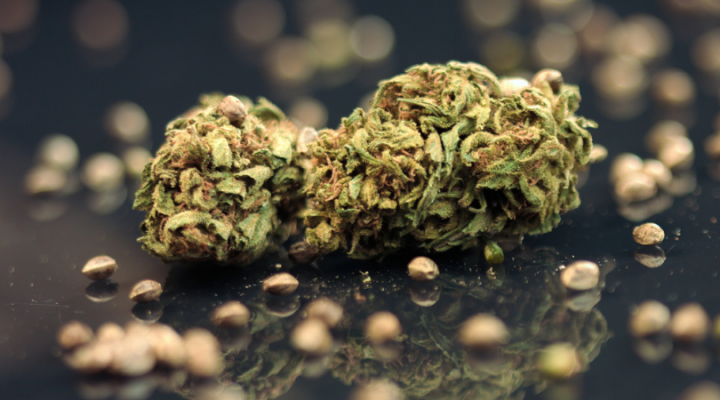Everything You Need to Know About Cannabis and Cannabinoids
Take some time to explore the cannabis sativa species and you will find a diverse [...]
May
Diabetes Prevention: How Cannabis Stabilizes Blood Sugar Levels
Cannabis has become legal in various forms for the past few years, depending on where [...]
May
Cure Insomnia with Cannabis
Sleep is an elusive thing to come by sometimes. The benefits of getting a good [...]
May
Cannabis: How Is It Good For You?
The world has seen a major increase in cannabis legalization throughout the years. In some [...]
May
Cannabis as Medicine
The history of cannabis as medicine dates back thousands of years. There is evidence that [...]
May
Can Medical Marijuana Help with Seizure Disorders?
Medical marijuana is steadily becoming widely accepted as a treatment option for many health conditions. [...]
May
Best Cannabis Strains for Christmas 2020
Ah, the sights and sounds of the holiday season. You may already be head-first in [...]
Dec
Soothing CBD-infused Hot Chocolate Recipe
It’s the perfect time of year for a warm cup of hot chocolate. What if [...]
Dec
Exploring Temple Ball Hash and How to Make a Hash Ball
Temple ball hash may be a complete mystery to you. They are part of a [...]
Dec
100 Percent Pure Sativa Strains: Are There Any?
If you’ve been around cannabis at any point in your life, you’ve probably heard plenty [...]
Nov

